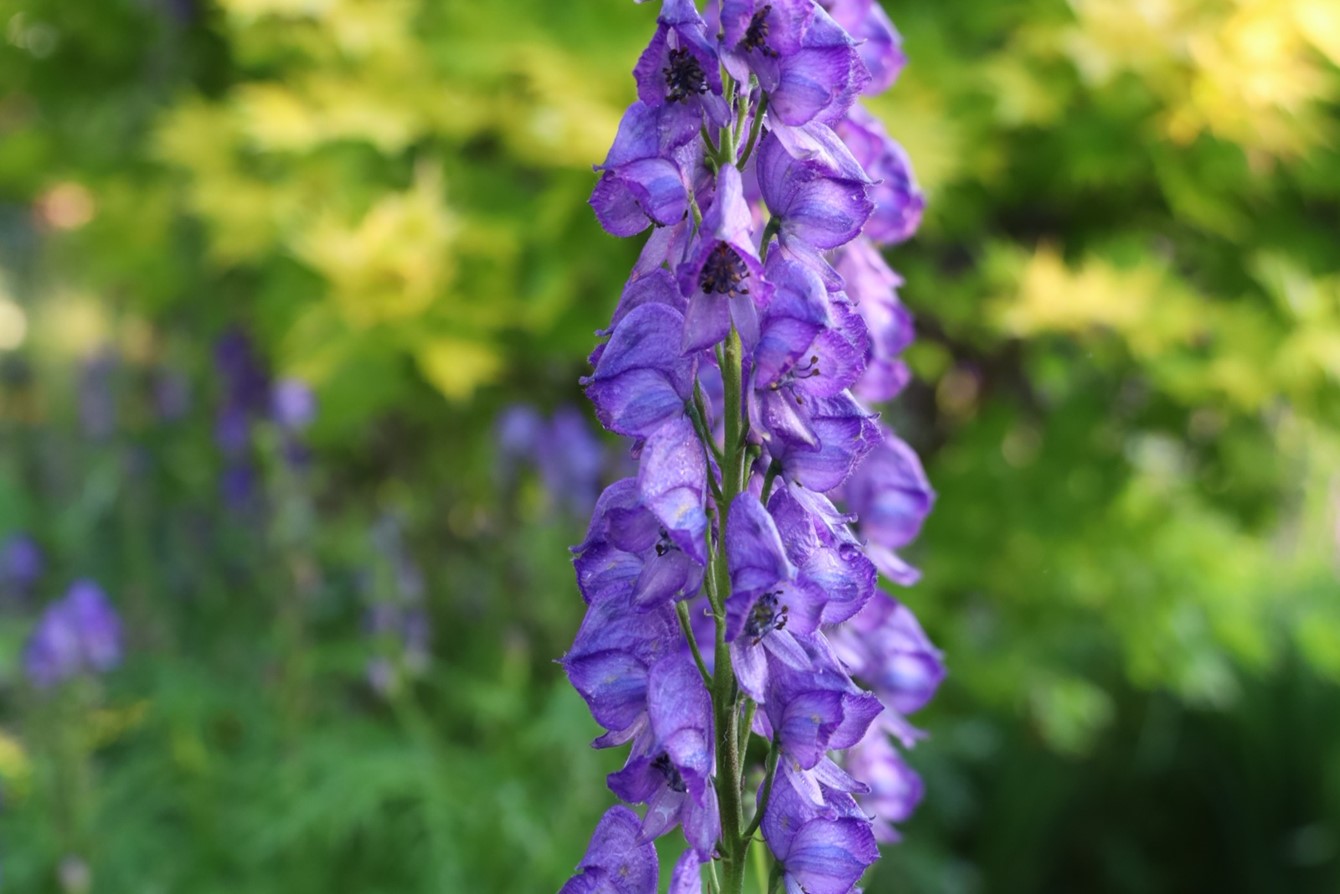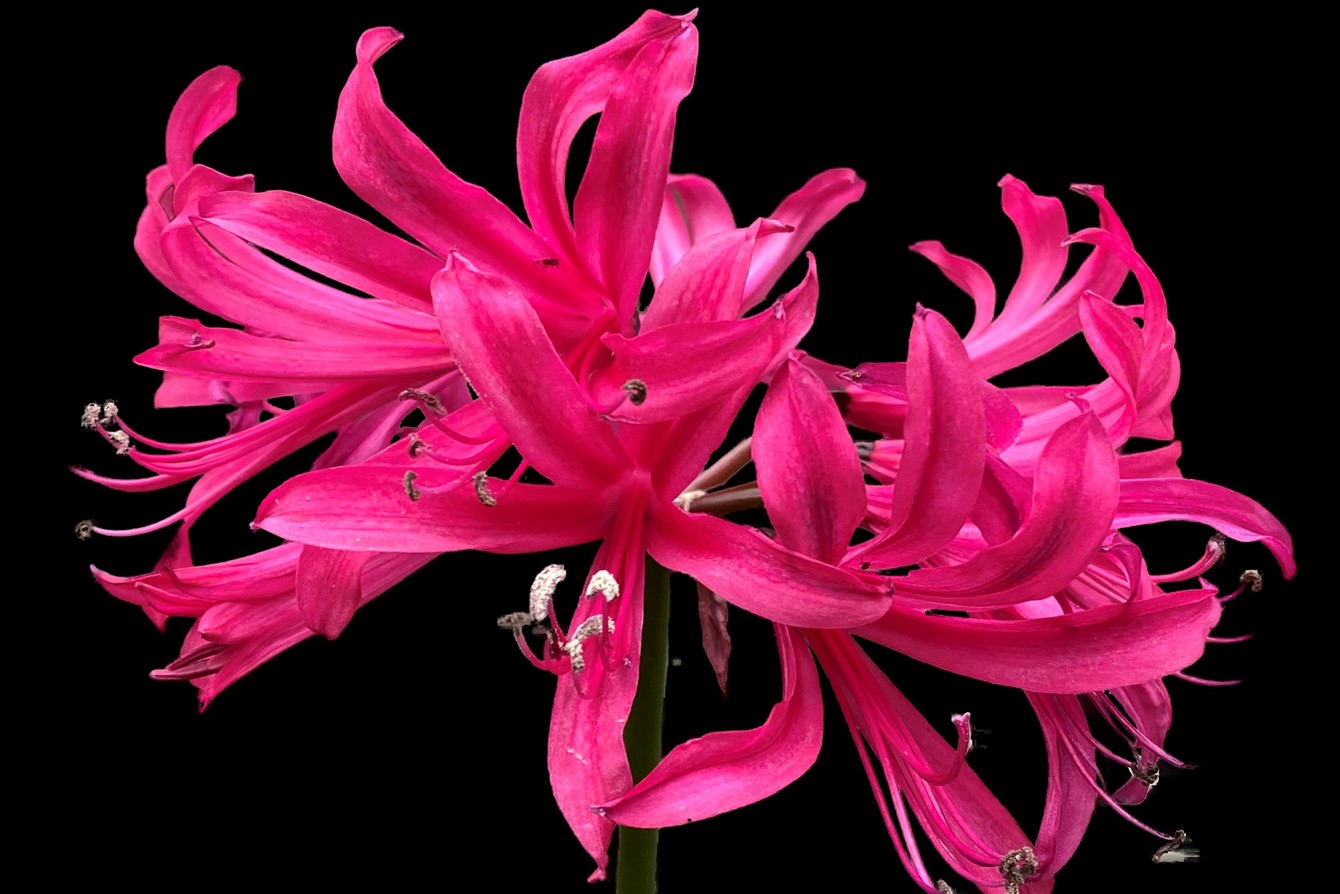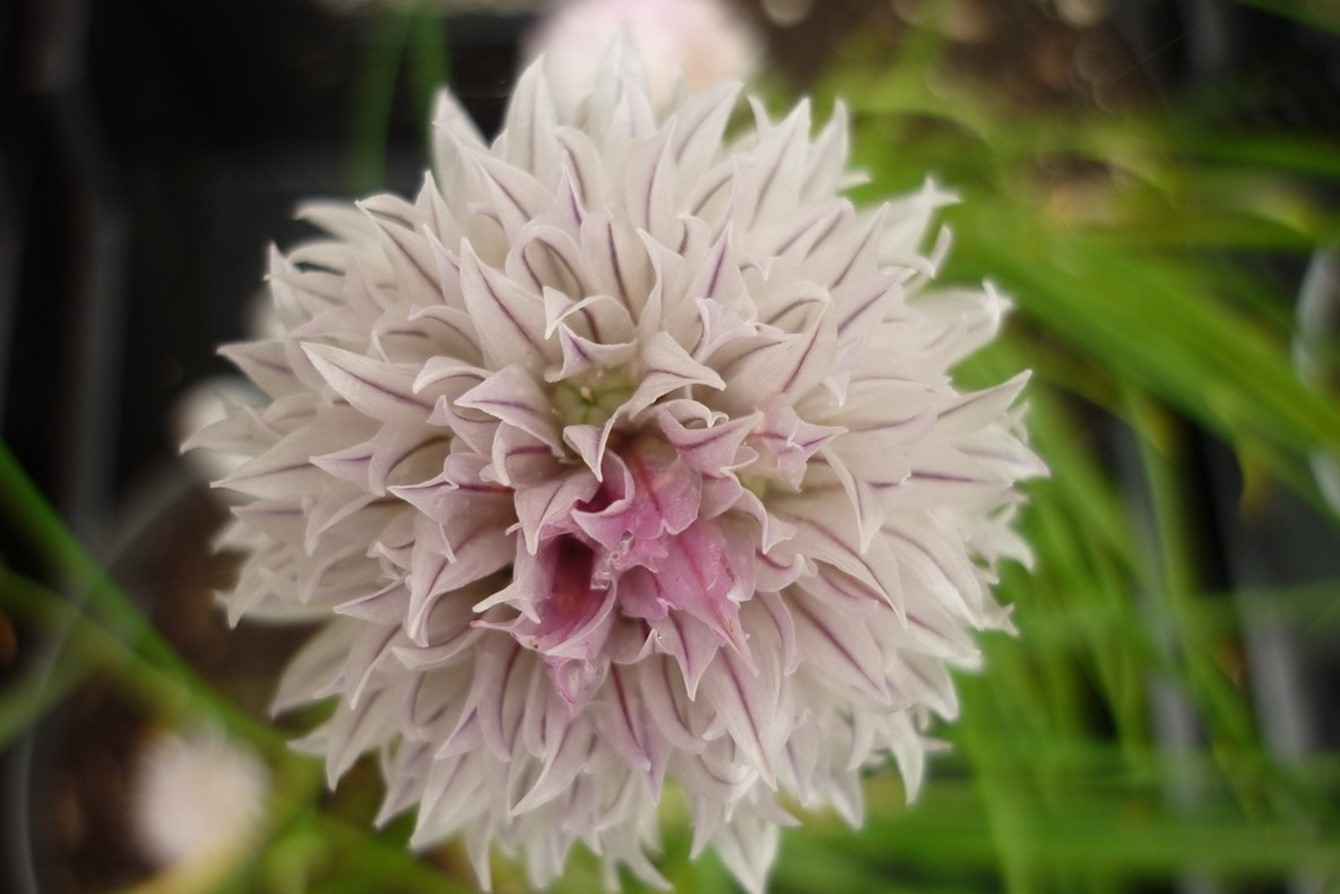Handle with care - poisonous aconites gain National Plant Collection status
5th September, 2022
Help needed to identify the unknown cultivar that started this collection, which aims to change the perception of poisonous plants
A National Plant Collection of Aconitum, commonly known as monkshood, wolf’s bane or aconite, has been accredited with National Plant Collection® status by horticultural conservation charity Plant Heritage.
Melanie Domb’s pretty but poisonous collection which contains 40 types of Aconitum, started by chance in the mid 2000s, when a single Aconitum plant appeared in her Hertfordshire garden. Fast forward 10+ years, and although there are now over 50 plants of this initial variety, it is yet to be formally identified. Melanie continues to build up her collection and is always on the lookout for new varieties, but the mystery of what the ‘plant that started it all’ is, remains.
Now, help is needed to identify what this unknown cultivar (which is the earliest to flower, in April) is. If you think you might know, please contact Melanie via email: https://bit.ly/Aconites


Melanie Domb, National Plant Collection Holder of Aconitum says: “Aconites are beautiful, but you rarely see them at flower shows, in show gardens or for sale at plant fairs. This is likely because they’re poisonous, and while of course they should be grown with care, many other garden favourites such as foxgloves, daffodils and tulip bulbs are also toxic, and yet remain popular garden plants. I really hope my collection shows that monkshood deserves to be in our gardens, and I hope to inspire others to take a chance on them too.”
Native to Europe, Asia and America, Aconitum can be herbaceous perennials or biennials, and boast panicles of showy, hooded flowers that range from beautiful shades of purple, blue, white, and even bicolour. Most are very easy to establish and grow well in borders, beds and in courtyard gardens.
There are many National Plant Collections made up of plants that are poisonous, including many well-known varieties growing across the country. This intriguing group comprises, though not exclusively, National Plant Collections of:
- Yew trees (Taxus) held at Bedgebury National Pinetum and Forest in Kent
- Foxgloves (Digitalis) held at The Botanic Nursery in Wiltshire
- Laburnum (also known as golden chain) grown at Powys Castle in Wales and Thorp Perrow Arboretum in Yorkshire
- John Gore’s Brugmansia (angel’s trumpets) in Gloucestershire
- Euphorbia (spurges) held by the Oxford Botanic Garden and by Don Whitton in Yorkshire
- Philip Oostenbrink’s lily of the valley (Convallaria) in Kent
- Autumn crocus (Colchicum) cared for by Alan Gray in Norfolk and at RHS Hyde Hall in Essex.
Vicki Cooke, Conservation Manager at Plant Heritage says: “Poisonous plants are fascinating with a wealth of interesting history and uses, including in medicine. In fact, some chemotherapy drugs were originally made from yew clippings, some heart conditions are treated with medicines created from foxgloves, and there’s ongoing research into the medicinal properties of Euphorbia, which we highlighted at RHS Chelsea Flower Show earlier this year.”
“We advise anyone growing toxic plants to be careful and take the necessary precautions, but the fact they’re poisonous doesn’t mean we should stop growing them. The above collections show that there is so much more to poisonous plants than is often realised, and that they too need our help to ensure they don’t disappear from our gardens.”



New collections are accredited every quarter, and this summer a further three have also been recognised. These include: experienced Collection Holder Steve Hickman’s × Amarine tubergenii (hybrids between Amaryllis and Nerine) collection at Hoyland Plant Centre in Yorkshire which aims to showcase the beauty of this lesser known species; David Barrett’s Allium schoenoprasum collection, more commonly known as chives, grown in Gwynedd, Wales; and a Rhododendron subsect. Fortunea collection grown at high altitude at The Himalayan Garden and Sculpture Park, also in Yorkshire. The latter is the first National Plant Collection for the site, which is thought to be home to the largest collection of rhododendrons, azaleas, and magnolias in the north of England.
To date, there are almost 700 National Plant Collections around the UK. To find out more about Plant Heritage, how to become a National Plant Collection Holder, Plant Guardian or member, visit www.plantheritage.org.uk
And for anyone who doesn’t have time or space to start their own collection, you can always sponsor the National Plant Collections instead!

